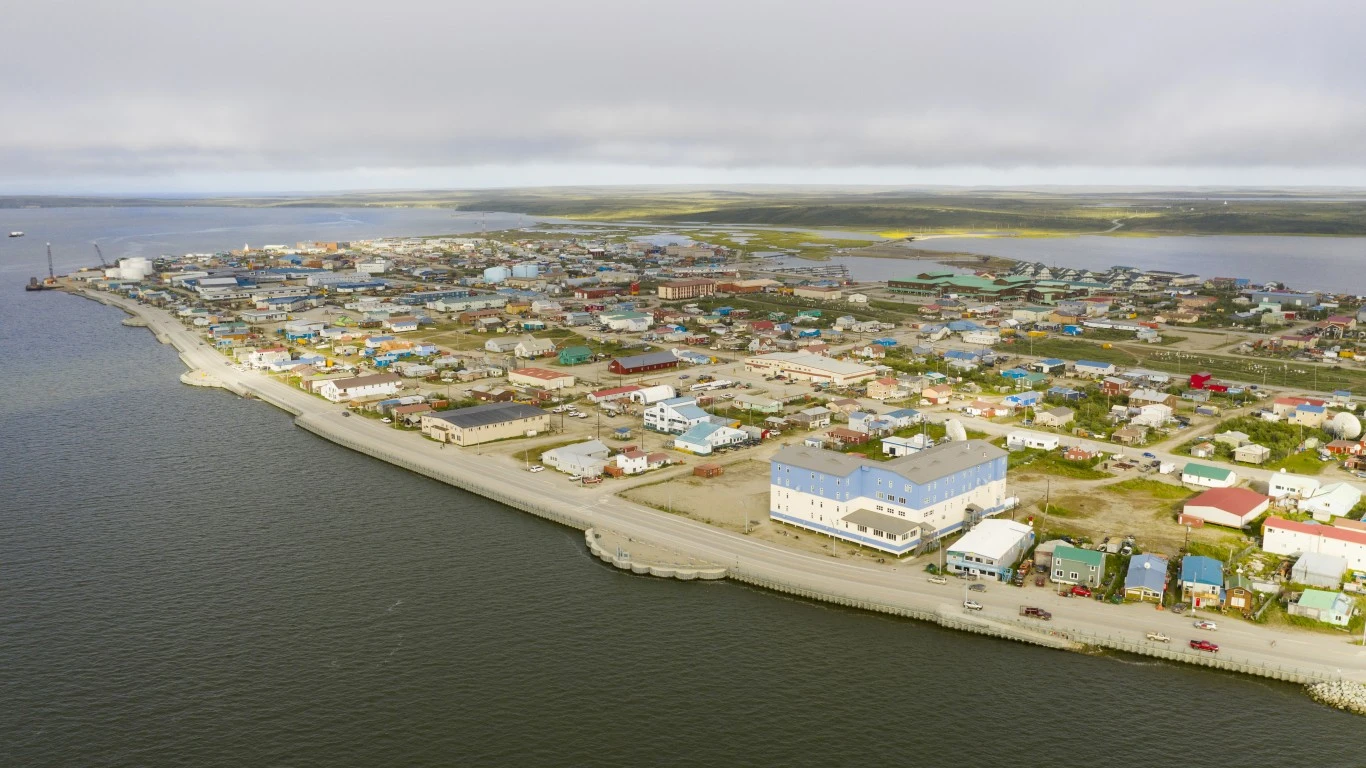
Natural disasters, including pandemics like COVID-19, rarely harm communities in a uniform manner. Time and again, hurricanes, floods, extreme heat, wildfires, and health dangers, hurt some neighborhoods considerably more than others, despite having similar exposure to the disaster.
To try to understand the vulnerability or resilience of a community to natural disaster, the U.S. Census Bureau developed Community Resilience Estimates. The Census identified 10 risk factors that make a household more vulnerable in emergencies. The 10 factors are: no access to a vehicle, low income levels, no one in household working full time, relatively crowded housing, no health insurance, no internet access, being 65 and older, having one or no caregiver in the household (person between 18 to 64), having a constraining disability, and poor English or education level that could hinder communication.
Nearly 22% of the U.S. residents are considered to be exposed to at least three risk factors that could make them more vulnerable during natural disasters. In communities nationwide, the percentage of the population exposed to three or more risk factors ranges from 7% to 58%. (These are cities at the greatest risk of hurricane disaster this year.)
Many of these risk factors are related, often affected by low income and poverty. For example, a low-income household is less likely to have access to a vehicle to use for evacuation or access to the internet to follow emergency response updates.
Older Americans, especially those with disabilities or without a family member to take care of them, are also significantly more likely to be vulnerable during emergencies. A White House report found that 71% of the people killed by Hurricane Katrina in 2005 in the state of Louisiana were over the age of 60; nearly half were over the age of 75. (These are neighborhoods with the oldest residents.)
To determine the 55 counties that are most vulnerable to disaster, 24/7 Wall St. reviewed data on exposure to risk from the 2019 Community Resilience Estimates program. Counties are ranked by the estimated percentage of the population exposed to at least three risk factors of the 10 the CRE identified. Additional data are five-year averages for 2020.
Out of the 55 U.S. counties most vulnerable to disasters, 11 are in Texas, home to about 210,000 residents. Mississippi, South Dakota, and Georgia are other states with a large number of these counties, with a combined population of nearly 300,000.
The Bronx borough of New York City is by far the largest of these at-risk communities, in part because of its high density of low-income public-housing residents who are less likely to be able to evacuate due to their economic and/or physical conditions, as demonstrated in 2012 during Hurricane Sandy.
The 55 most at-risk counties have a share of residents living with at least three vulnerabilities of between 40.4% in Turner County, Georgia, to 58.4% in Oglala Lakota County, South Dakota. About one in four residents in seven of these counties are at least 65 years old, including nearly one in three residents of Mora County, New Mexico.
Here are the counties that are most vulnerable to disasters
Click here to read our detailed methodology





